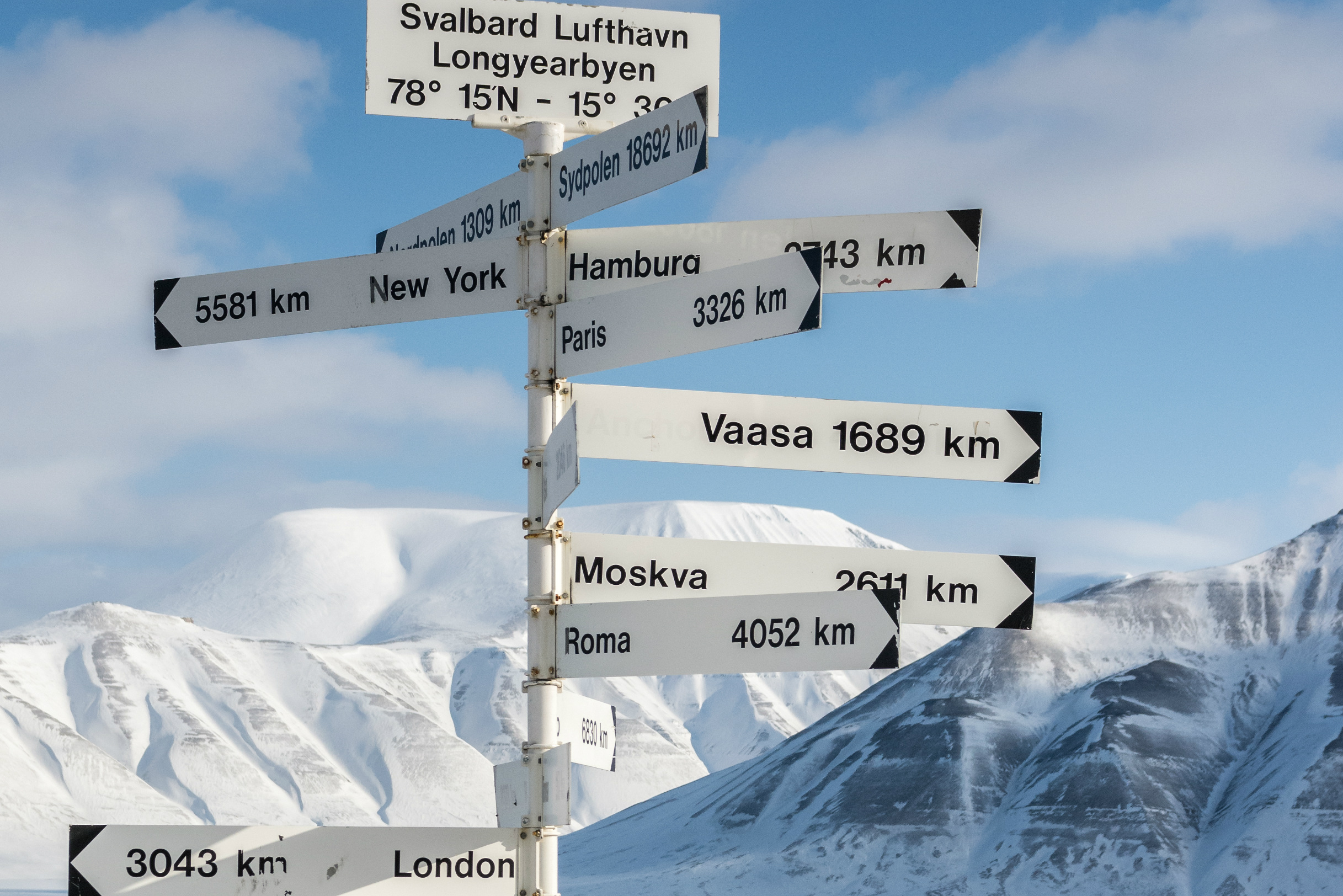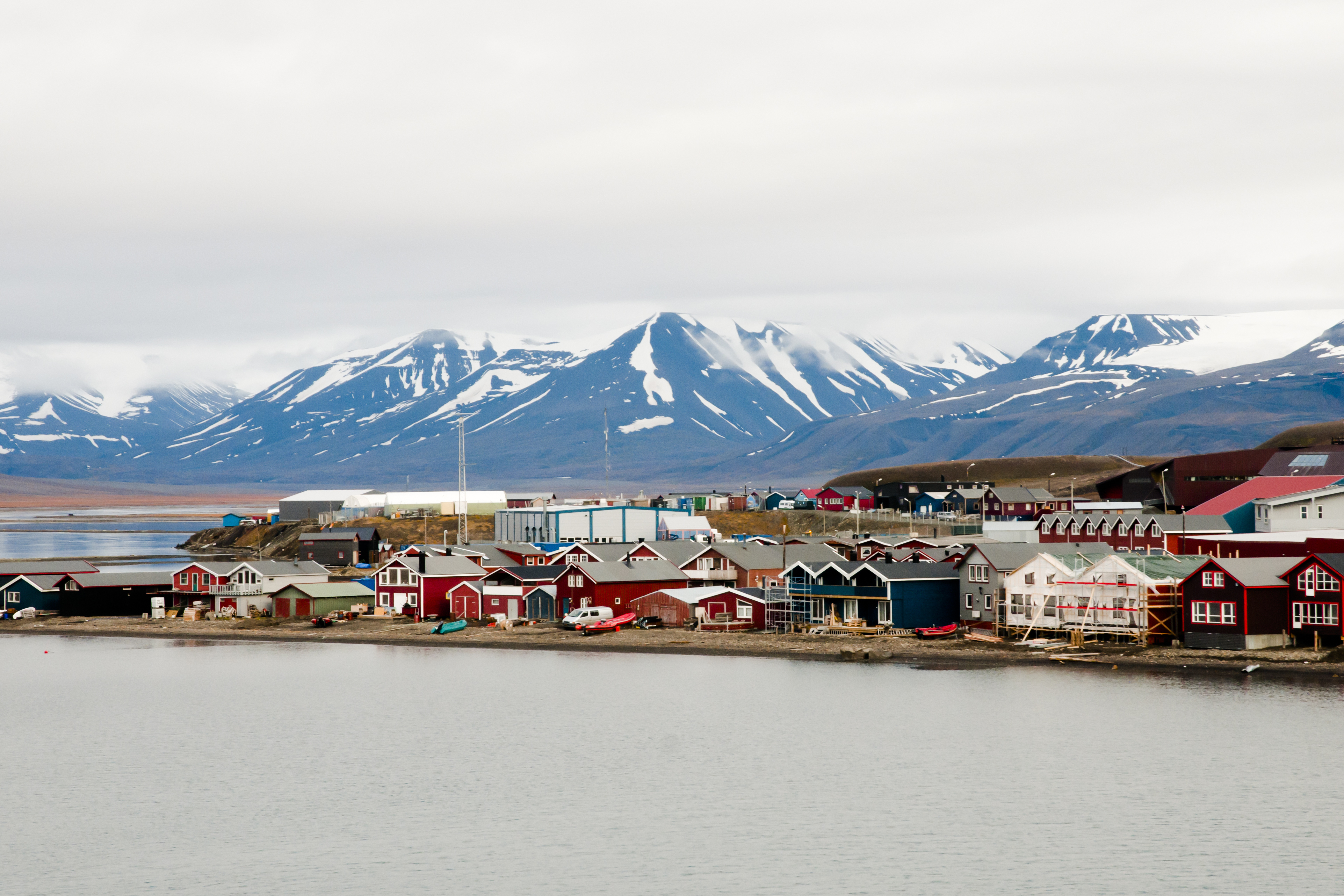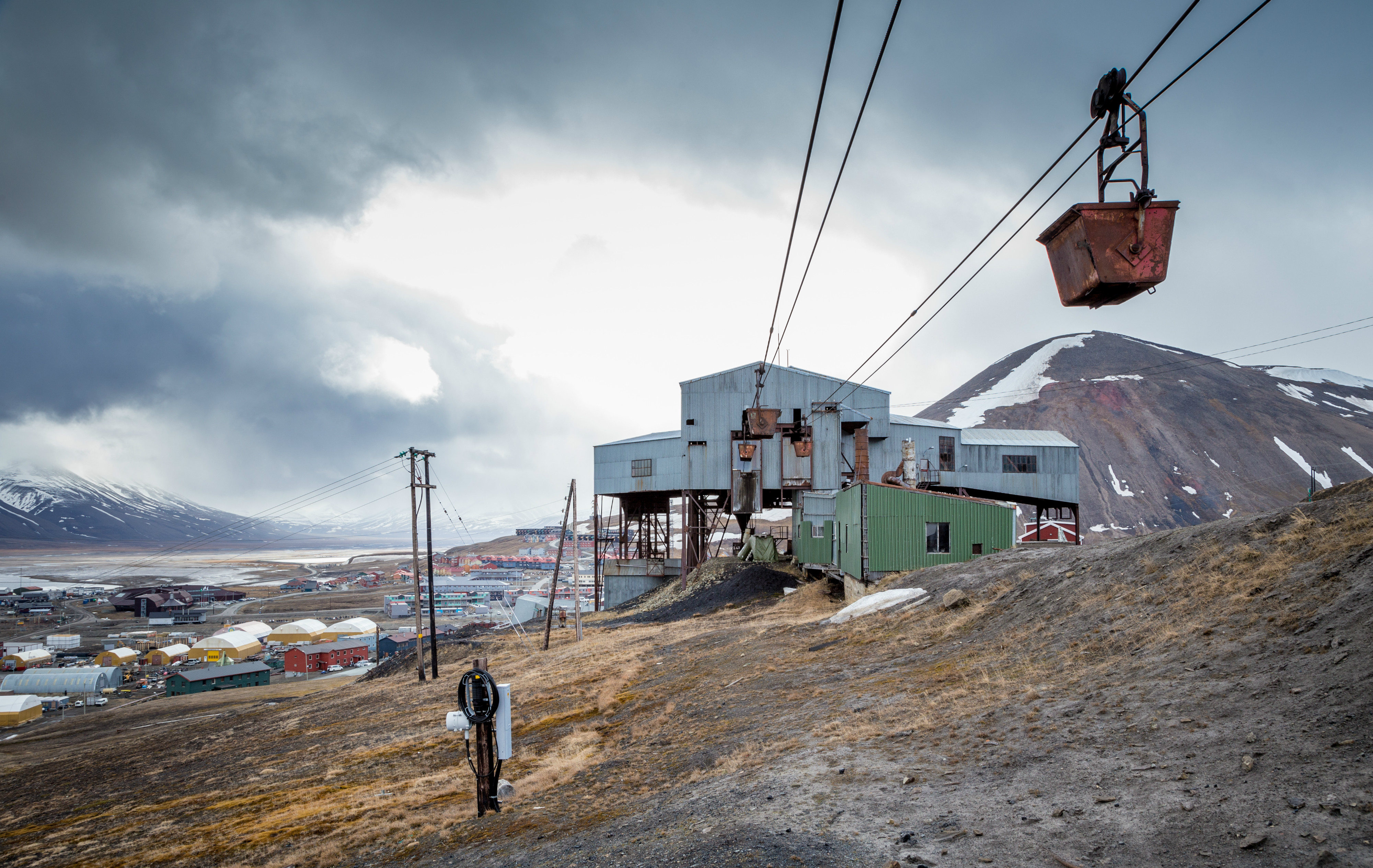Svalbard wants to avoid tourism growing pains

When the strategic work on tourism in Longyearbyen, a town on Svalbard, picked up speed, the industry comprised some 300 full-time employees. Today that figure is nearly twice as high.
“We have to facilitate a balanced society,” says General Manager Ronny Brunvoll of Visit Svalbard.
Brunvoll says that targeted proposals are now presented to the Svalbard local authorities in order to facilitate the increase in tourism on Svalbard. He argues that it is necessary both to preserve nature and cultural heritage and to preserve the local community, the way of life of people who live on the island.
“Tourism goes well and we are moving towards a local tourist industry that operates on a year-round basis. However, there are challenges that we need to solve. The balance between residents and tourists should be discussed, not to limit the number of tourists but rather to find out how we can balance our community in a way that allows it to remain a good place to both live and visit,” Brunvoll says.
According to the general manager, Svalbard should also offer things other than nature that fascinate tourists.
“Two reindeer carcasses hung to tender in the local kindergarten the other day. That testifies to something quite different, something exotic. This unique and diverse side of the local community must be preserved. It is what draws many tourists to Svalbard,” Brunvoll says.
Brunvoll is clear about his position as being one from within the tourist industry, and that there are other stakeholders too, who should state their opinion regarding the future development of tourism on Svalbard.

“Politicians have to make a decision on how they want the local community to develop. They also carry the responsibility for establishing guidelines for future growth, including balancing our industry with the rest of the development of the local community. However, the more tourists we invite, the more facilitating is required. If a tourist does his or her business behind a rock and tourists are perceived as something negative, we have to facilitate more toilets around the island,” Brunvoll says.
His point is that tourism requires facilitating, and that Svalbard is in a good position to have time to facilitate tourism in an adequate way before it grows too large to handle.
“If tourists trample down nature we must work to avoid that. And we are currently working in collaboration with the local authorities to find good solutions to progress and funding,” the tourism manager says.
They discuss everything from the number of rooms to communal areas, lights, sled dog trails and signposting.
“We want guests to enjoy coming here, we want people to live happily here, and we want to preserve nature. Facilitating is about the whole range of issues.”
Brunvoll wants to take destination development one step further and call it local community development. He argues that the thinking around facilitating tourism must go hand-in-hand with life on Svalbard at large.
“We are not to turn this into a Tivoli or create things that do not belong up here. We are to continue living our lives here and to avoid some mistakes that Norway has done before, such as drawing tourists to the Prekestolen mountain near Stavanger and then saying ‘whoops’ and being shocked when tourists actually set out on the 10-hour walk there and back. We must be prepared,” he says.
He is also clear that there are other types of tourists who arrive, tourists who do not bring the natural outdoors competence that people from Scandinavia often possess.
“We cannot let them come here and let them think ‘I am sure we will be fine.’ On Svalbard, we need … something as simple as better signposts, so that tourists gain an understanding of the place when they get here. We also need to think differently about the immediate area around Longyearbyen and facilitate ‘local tourism’ rather than thinking that everyone should be brought as far away from town as possible in order to experience the Arctic nature,” Brunvoll says.
These are some of the reasons why he argues that it is important to source funding to activity trails and paths, where people can be led out into nature and near animals, but without disturbing or leaving unnecessary footprints behind.
“We need to facilitate seamless motion, which requires minor interventions. In this area, however, we face significant challenges and a lot of red tape. There is an intersection between this and increased tourism on Svalbard,” he says.
Working on development is complicated when legislation is complex and time-wise marred by red tape, despite increased tourism being desired by the authorities.
“We want to place more emphasis on tourism near the local community, such as creating a Sherpa footpath to one of the peaks near Longyearbyen. The existing path has already broadened and nature shows clear signs of wear, yet it is extremely difficult to facilitate something as simple as a path for tourists, which would contribute to preserving nature, simply because facilitating such a path would require minor interventions in the natural environment,” Brunvoll explains.
He hopes the local authorities will be quick to adopt the theme plan that they have developed in cooperation with Visit Svalbard, and also to prioritize among the initiatives and finding sources for investments and operations.
“Time is on our side now, before the world catches up with us, before new hotels are built and before we end up like Iceland, where tourism grows faster than the island is able to manage,” Brunvoll says.
